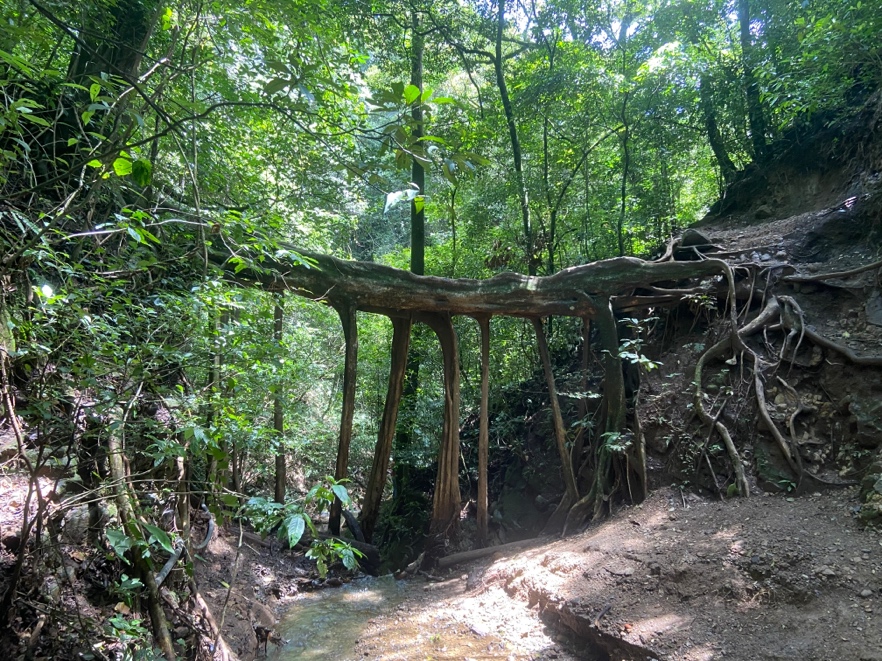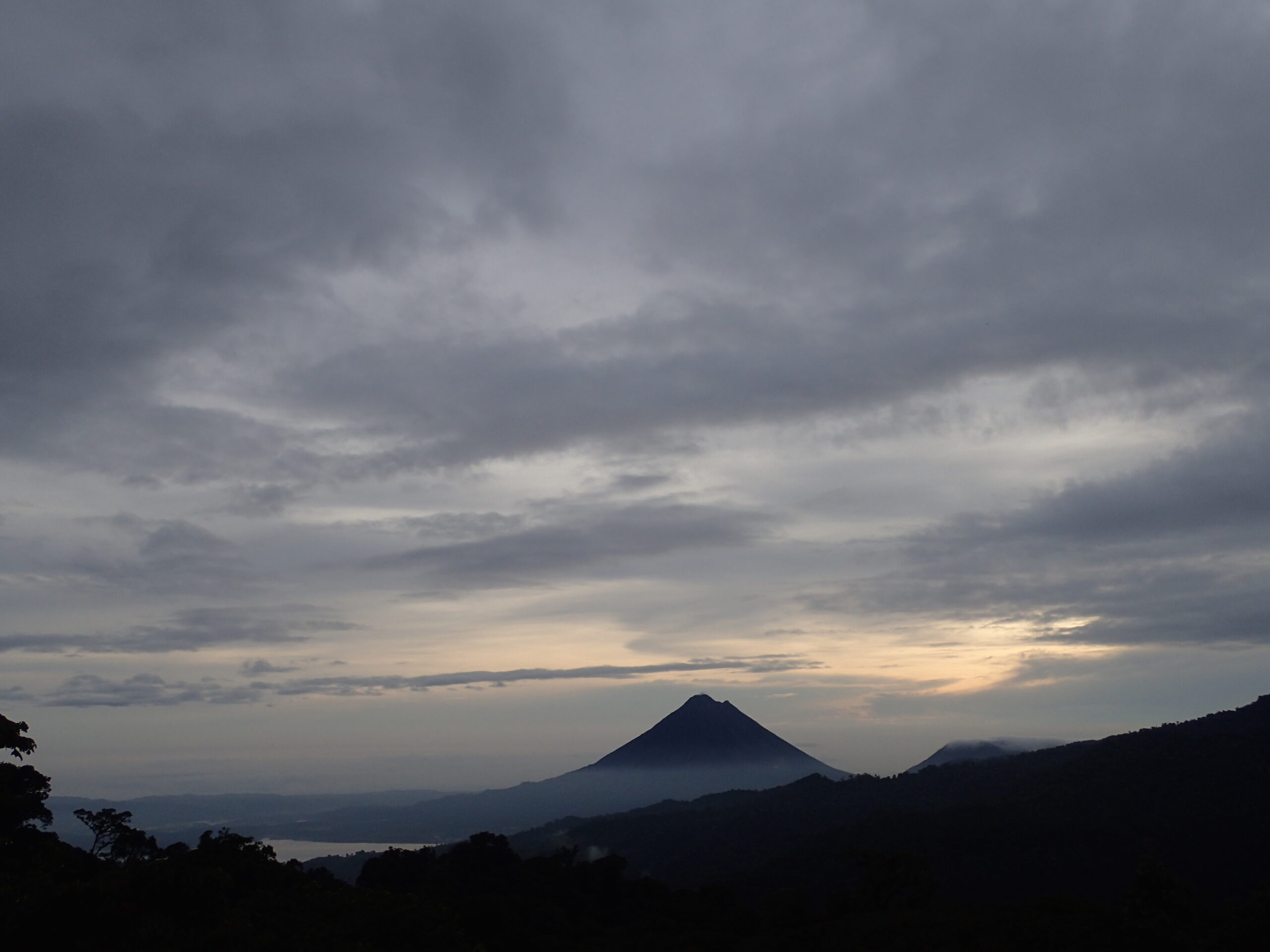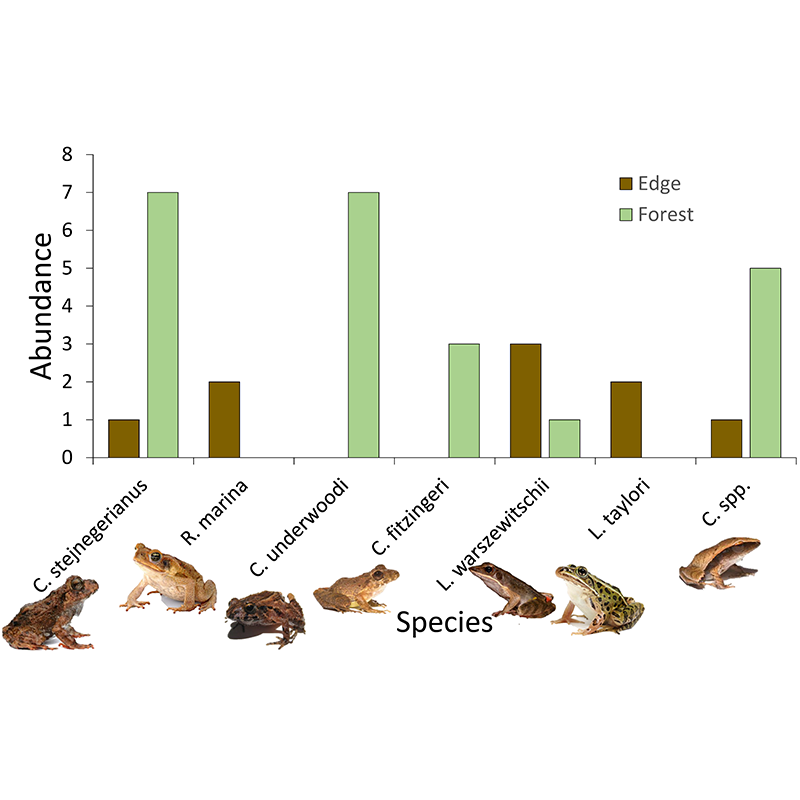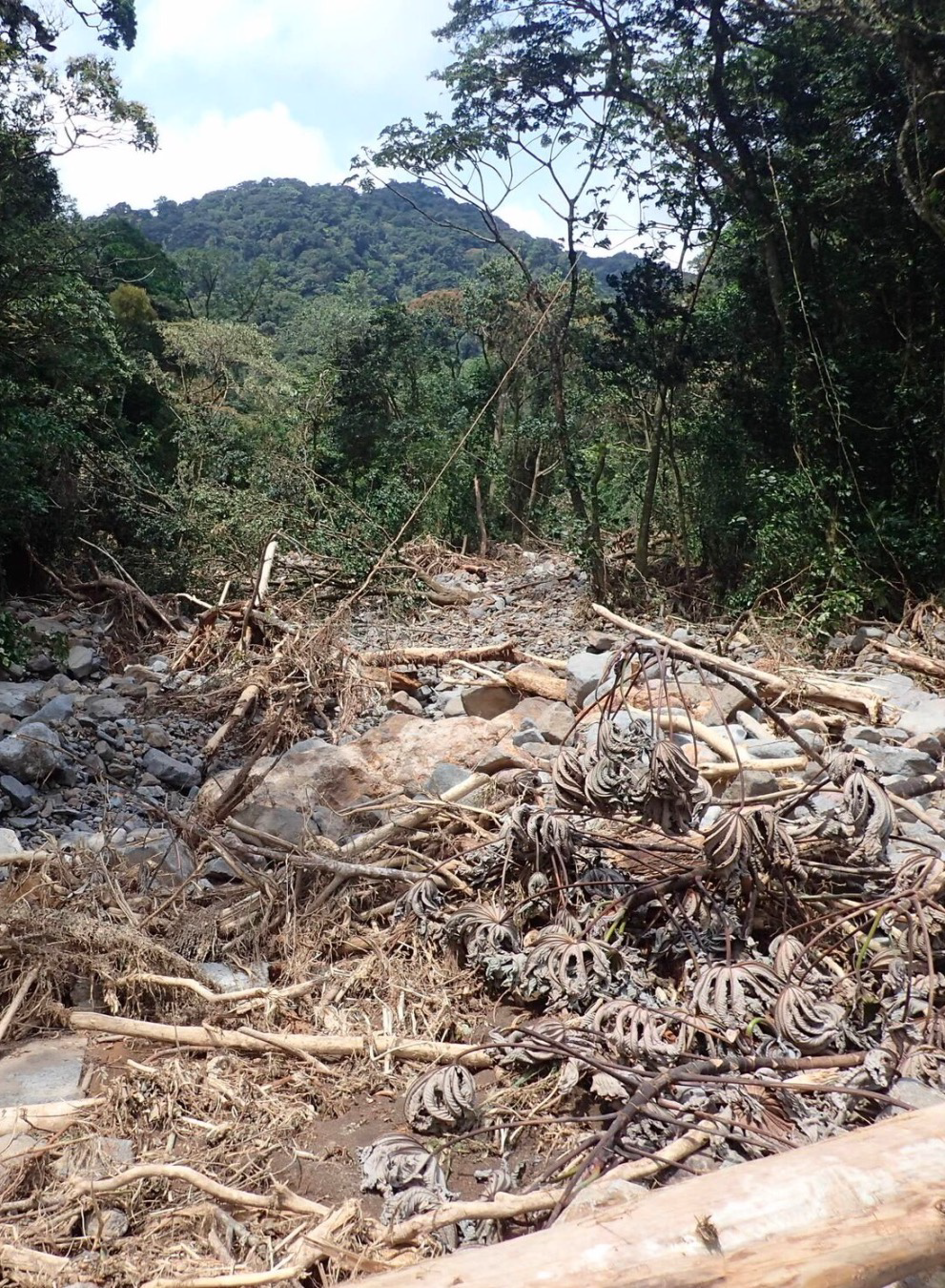After we toured the Monteverde Butterfly Garden, we asked the guide if he could direct us towards town to meet up with everyone else that hiked Bajo del Tigre. We had to use a literal paper map to follow the directions the guide gave us to take a shortcut through the forest to get to the main road. He told us the shortcut was worth it because of the Ficus tree we’d see. I don’t know about that.
After hiking a practically vertical road, we turned into the forest and followed a not very well-worn trail. It was completely fine for the first few minutes until we came to the steep muddy slip-and-slide we had to scale down to get to the river. I was also wearing sandals, which did not exactly help then, but came in very helpful when we had to cross said river because, of course, there wasn’t a bridge; that would be too easy. When we finally all got across the river after a couple of us fell (not me), we did see the Ficus tree.

It was completely horizontal over the flowing river, its roots falling down into the water to hold it up. I’m pretty sure it was a Ficus elastica because that’s the kind of tree used to construct living bridges in China and India. The Ficus elastica is also called the “rubber fig” because of its sturdy but pliable nature. This tree is native to Southeast Asia but has been introduced to the Americas. To get back to the main road, we had to scale yet another precipice of mud. I went to the butterfly garden so I wouldn’t have to climb hills and look at what happened.




